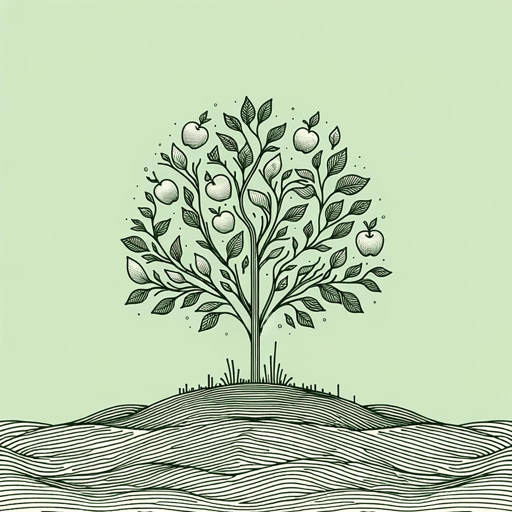26 pages • 52 minutes read
T. S. EliotFour Quartets
Fiction | Poem | Adult | Published in 1941A modern alternative to SparkNotes and CliffsNotes, SuperSummary offers high-quality Study Guides with detailed chapter summaries and analysis of major themes, characters, and more.
Background
Literary Context
As a modernist writer, Eliot exemplifies the efforts of this avant-garde artistic movement to redefine the notion of reality. The modernist movement began in the late 19th century and carried on through the beginning of the 20th century as a response to the many dramatic changes happening in the world at this time. Modernism is an epoch that is sometimes difficult to define, as modernist schools of thought established themselves in different nations at different times. Eliot, whose life spanned from 1888 to 1965, was alive for the entirety of the British modernist movement and is subsequently inextricably linked with that strain of modernism.
Modernist poetry is identifiable by several characteristics that depart from older literary traditions like British Romanticism. Free verse is often observable in modernist poetry, as its irregularity aims to capture the wandering thoughts of writers. Irregular rhymes and disordered visual patterns in modernist poetry also contribute to the sense of disorientation. In the Four Quartets, Eliot’s imagery is uniquely stark and foreboding, putting into words the underlying anxiety that characterizes the modernist movement. Eliot’s use of fragmented language and images enhances the theme of isolation present in much of modernist literature, inviting the reader to develop ideas of their own about the poetry rather than simply respond to established literary tropes.
Related Titles
By T. S. Eliot

Ash Wednesday
T. S. Eliot

Journey of the Magi
T. S. Eliot

Little Gidding
T. S. Eliot

Mr. Mistoffelees
T. S. Eliot

Murder in the Cathedral
T. S. Eliot

Portrait of a Lady
T. S. Eliot

Rhapsody On A Windy Night
T. S. Eliot

The Cocktail Party
T. S. Eliot

The Hollow Men
T. S. Eliot

The Love Song of J. Alfred Prufrock
T. S. Eliot

The Song of the Jellicles
T. S. Eliot

The Waste Land
T. S. Eliot

Tradition and the Individual Talent
T. S. Eliot

